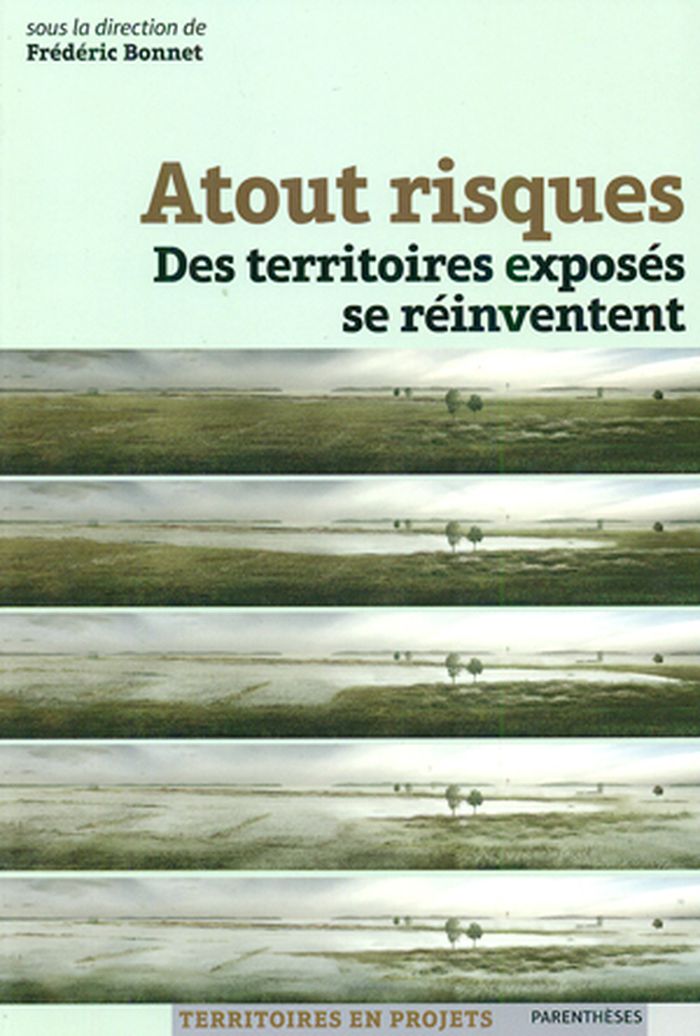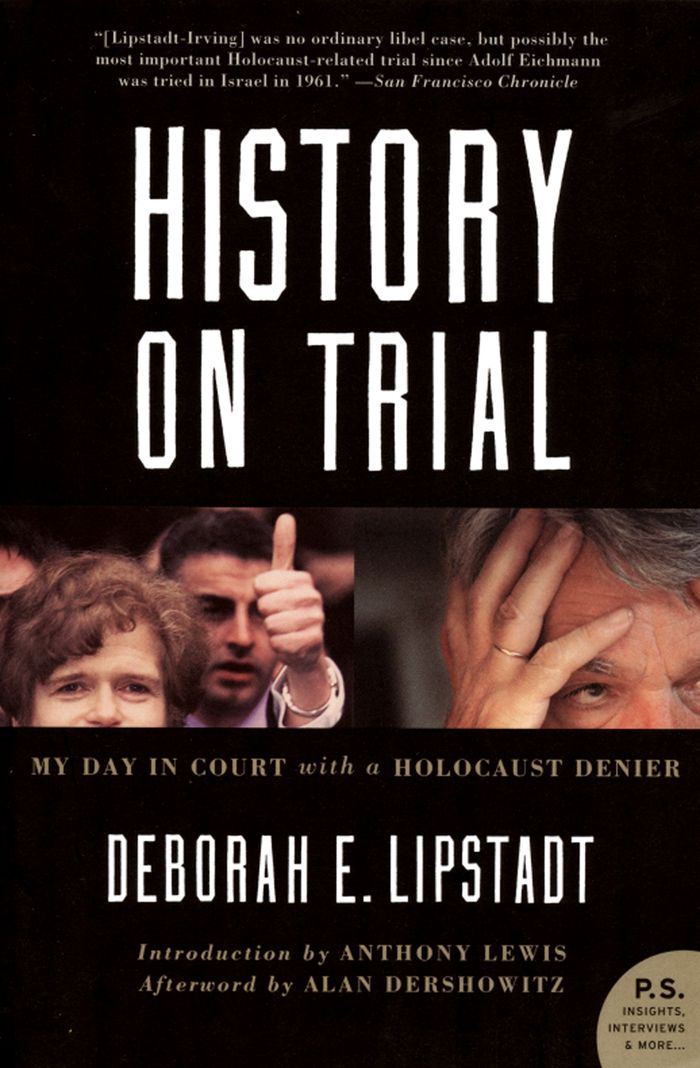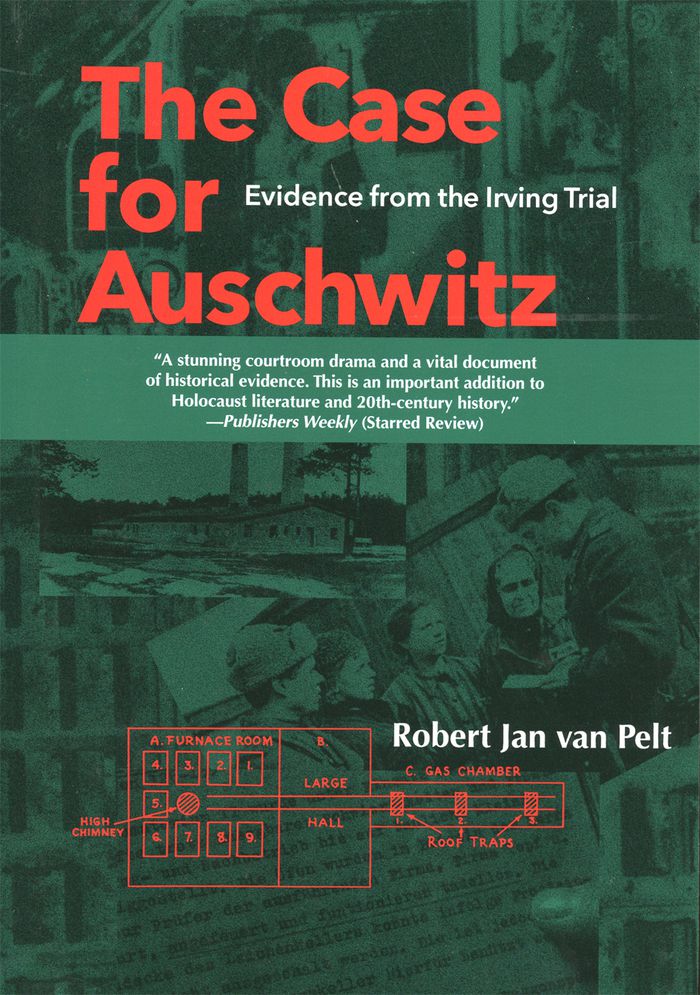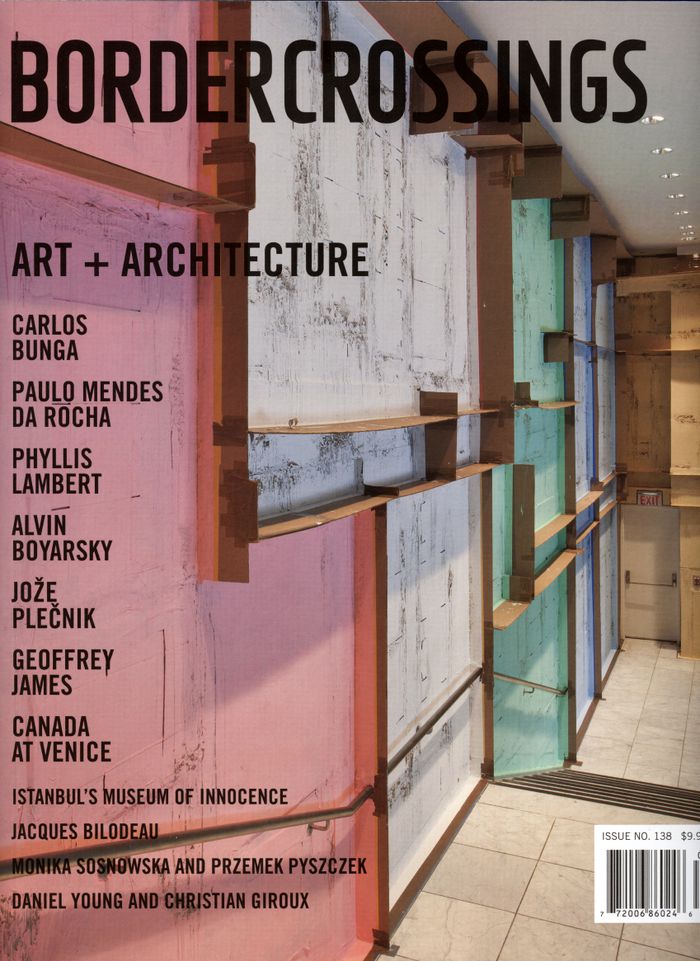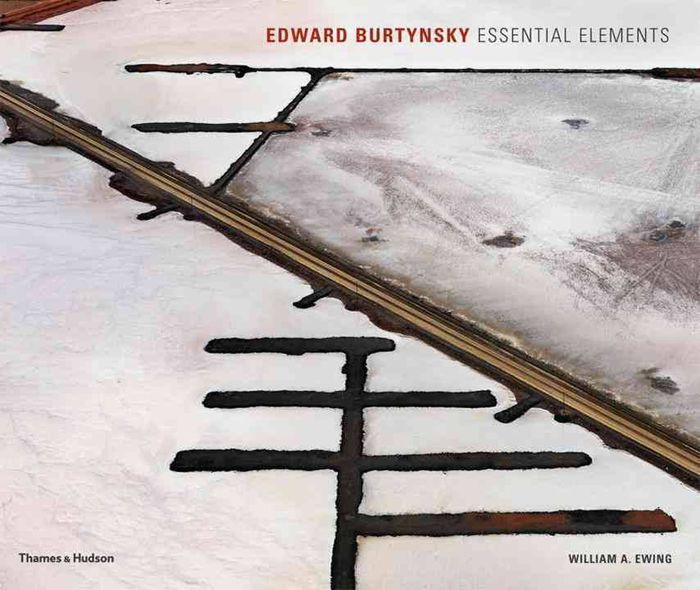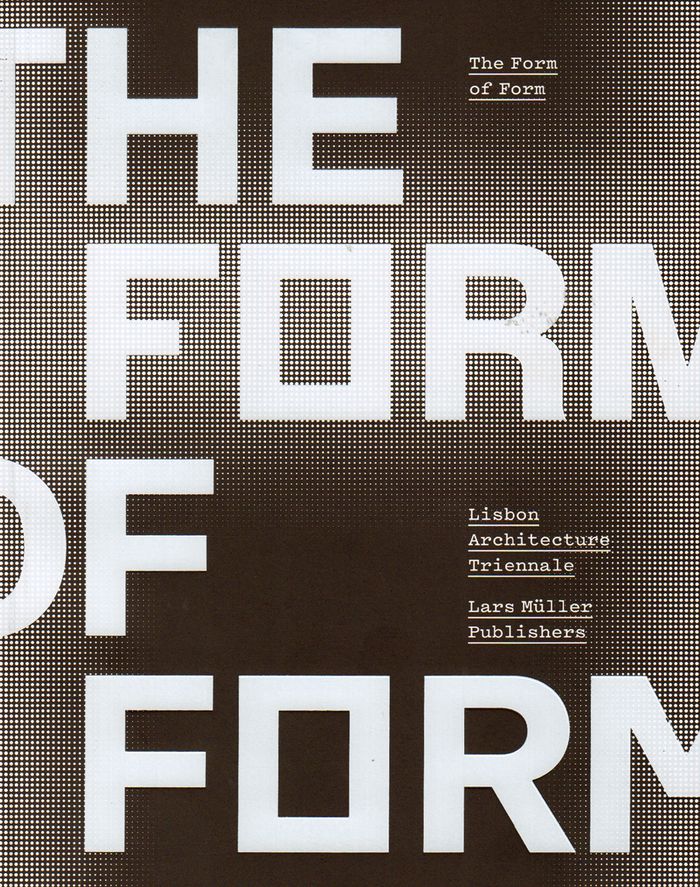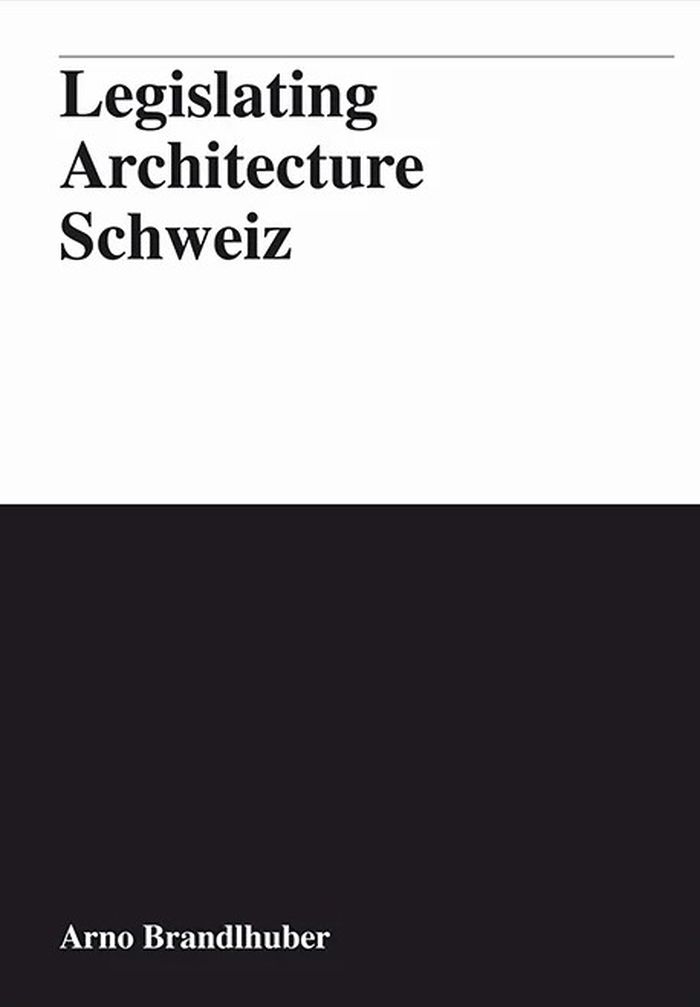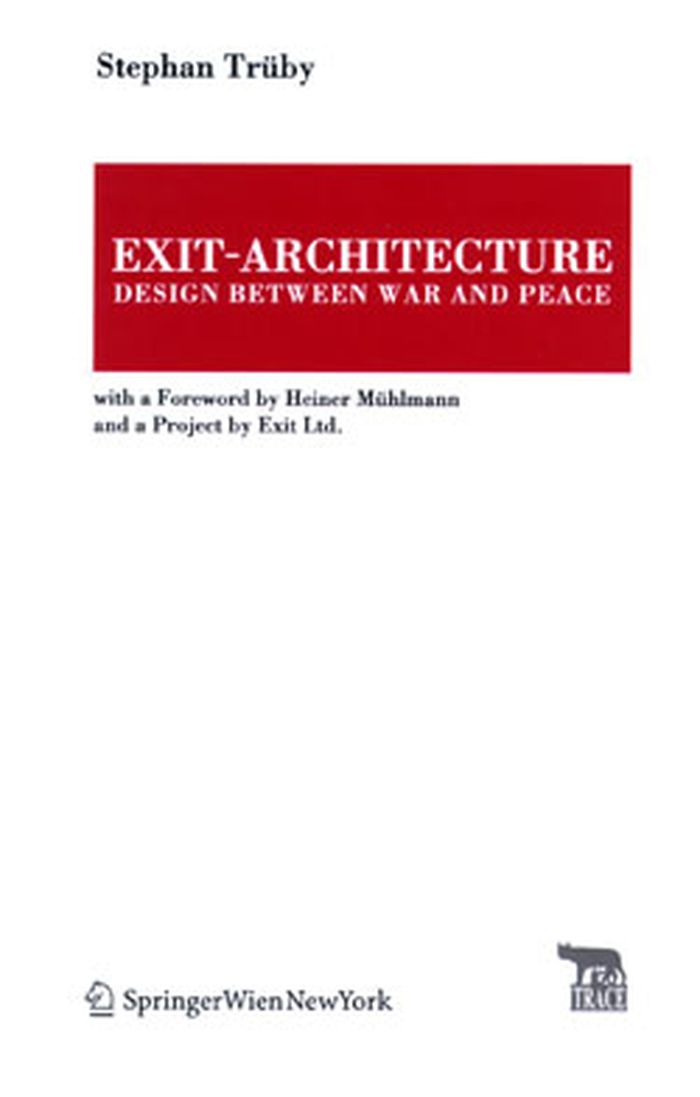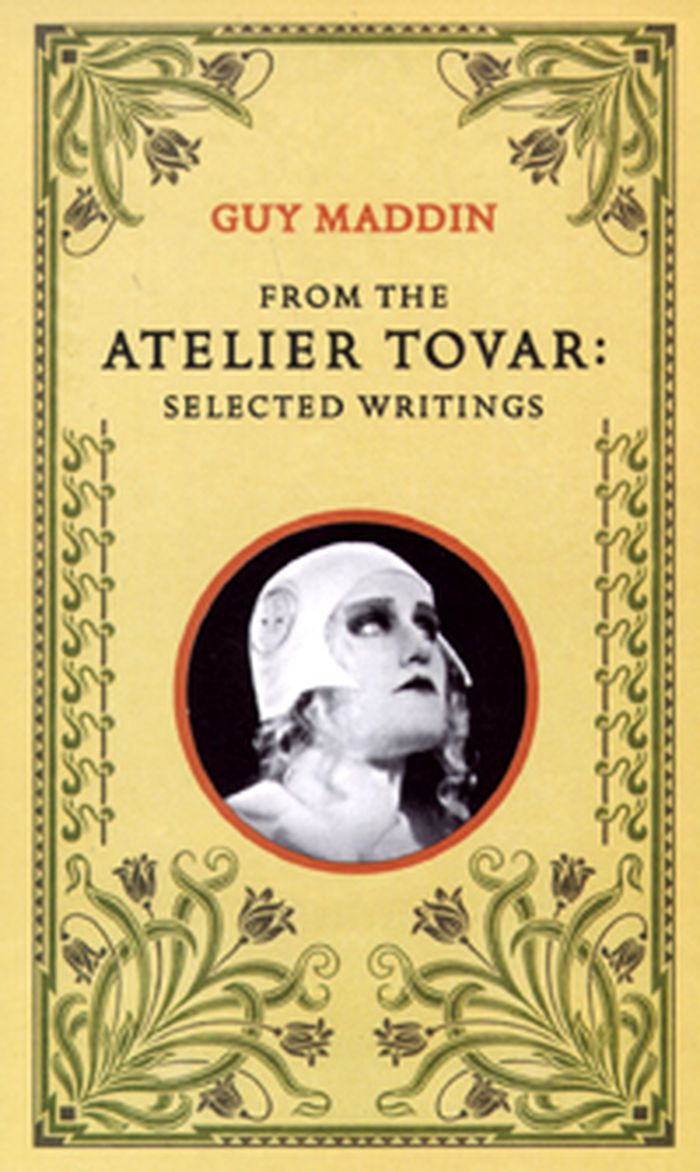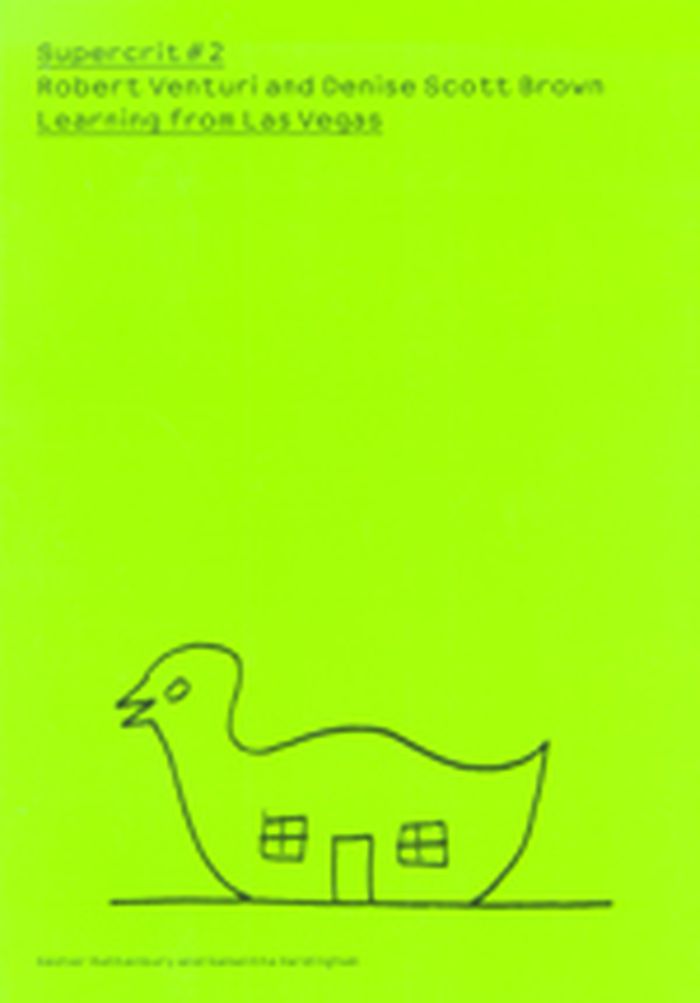$41.95
(available to order)
Summary:
Inondations, incendies, effondrements, explosions industrielles… bien des territoires sont marqués par des aléas naturels ou technologiques qui conditionnent leur développement. Ces contraintes sont aussi des ressources, témoins de l’identité des lieux. Lorsque le projet de territoire intègre l’aléa comme élément fondateur, la difficulté est souvent une chance. Penser la(...)
Atout risques : des territoires exposés se réinventent
Actions:
Price:
$41.95
(available to order)
Summary:
Inondations, incendies, effondrements, explosions industrielles… bien des territoires sont marqués par des aléas naturels ou technologiques qui conditionnent leur développement. Ces contraintes sont aussi des ressources, témoins de l’identité des lieux. Lorsque le projet de territoire intègre l’aléa comme élément fondateur, la difficulté est souvent une chance. Penser la ville avec l’aléa conduit à être plus inventif, à proposer des espaces urbains moins génériques, mieux ancrés sur leur sol. Ceci facilite le décloisonnement des certitudes et des métiers ; la règle et le projet collaborent très en amont. Cela profite à tous. À l’exemple des fleuves, qui ont été d’abord de féconds bienfaiteurs, offrant eau, connexions et paysages aux villes qu’ils traversent, l’aléa devient un atout.
$21.00
(available to order)
Summary:
In her acclaimed 1993 book ''Denying the Holocaust'', Deborah Lipstadt called putative WWII historian David Irving "one of the most dangerous spokespersons for Holocaust denial." A prolific author of books on Nazi Germany who has claimed that more people died in Ted Kennedy's car at Chappaquiddick than in the gas chambers at Auschwitz, Irving responded by filing a libel(...)
History on Trial: My Day in Court with a Holocaust Denier
Actions:
Price:
$21.00
(available to order)
Summary:
In her acclaimed 1993 book ''Denying the Holocaust'', Deborah Lipstadt called putative WWII historian David Irving "one of the most dangerous spokespersons for Holocaust denial." A prolific author of books on Nazi Germany who has claimed that more people died in Ted Kennedy's car at Chappaquiddick than in the gas chambers at Auschwitz, Irving responded by filing a libel lawsuit in the United Kingdom -- where the burden of proof lies on the defendant, not on the plaintiff. At stake were not only the reputations of two historians but the record of history itself.
Current Exhibitions
$46.50
(available to order)
Summary:
From January to April 2000 historian David Irving brought a high-profile libel case against Penguin Books and Deborah Lipstadt in the British High Court, charging that Lipstadt’s book, ''Denying the Holocaust'' (1993), falsely labeled him a Holocaust denier. The question about the evidence for Auschwitz as a death camp played a central role in these proceedings. In(...)
The case for Auschwitz: evidence from the Irving trial
Actions:
Price:
$46.50
(available to order)
Summary:
From January to April 2000 historian David Irving brought a high-profile libel case against Penguin Books and Deborah Lipstadt in the British High Court, charging that Lipstadt’s book, ''Denying the Holocaust'' (1993), falsely labeled him a Holocaust denier. The question about the evidence for Auschwitz as a death camp played a central role in these proceedings. In connection with their defense, Penguin and Lipstadt engaged architectural historian Robert Jan van Pelt to present evidence for our knowledge that Auschwitz had been an extermination camp where up to one million Jews were killed, mainly in gas chambers. Employing painstaking historical scholarship, van Pelt prepared and submitted an exhaustive forensic report that he successfully defended in cross-examination in court.
Current Exhibitions
$9.95
(available in store)
Summary:
A special edition on crossovers in art and architecture, with features on Carlos Bunga, Phyllis Lambert, Paulo Mendes da Rocha, Alvin Boyarsky and Geoffrey James, as well as the Venice Biennale.
Border Crossings 138: Art and architecture special issue
Actions:
Price:
$9.95
(available in store)
Summary:
A special edition on crossovers in art and architecture, with features on Carlos Bunga, Phyllis Lambert, Paulo Mendes da Rocha, Alvin Boyarsky and Geoffrey James, as well as the Venice Biennale.
$92.00
(available to order)
Summary:
Edward Burtynsky (b. 1955) is one of a generation of photographers who seek to portray the visible outcomes of a globalized economy and humankind’s impact on environments around the world. He has achieved global recognition with his large-scale photographs and project-based monographs, such as Quarries, Oil, and Water, all of which have resulted in popular touring(...)
September 2016
Edward Burtynsky: essential elements
Actions:
Price:
$92.00
(available to order)
Summary:
Edward Burtynsky (b. 1955) is one of a generation of photographers who seek to portray the visible outcomes of a globalized economy and humankind’s impact on environments around the world. He has achieved global recognition with his large-scale photographs and project-based monographs, such as Quarries, Oil, and Water, all of which have resulted in popular touring exhibitions and, in the case of Water, a feature-length documentary film entitled Watermark. However, while Burtynsky’s global standing is without question, no comprehensive retrospective of his career to date exists.
$45.00
(available in store)
Summary:
What is architectural form? What does architectural form mean? And why is it so significant today? Despite the historical signi?cance of form in architecture, the subject is frequently undervalued in debate. The publication The Form of Form examines a variety of ideas regarding form, not only through aesthetic and technological approaches, but also from social and(...)
October 2016
The form of form: Lisbon Architecture Triennale
Actions:
Price:
$45.00
(available in store)
Summary:
What is architectural form? What does architectural form mean? And why is it so significant today? Despite the historical signi?cance of form in architecture, the subject is frequently undervalued in debate. The publication The Form of Form examines a variety of ideas regarding form, not only through aesthetic and technological approaches, but also from social and political points of view. "The form of form" is the official publication of the same-named 4th Lisbon Architecture Triennale. The content of the book underlines the cultural and technical relevance of architecture within society. It aims to foster new thoughts as we reach the dawn of a rapidly changing society driven by fast access to information. After all the tensions and frictions that happen during the physical and social transformations of our cities and landscapes, when all the fuss is over and the different agents who contributed to change have left the field of play, what is left is a built form. Citizens live among forms; architectural forms have endured from the past and they will populate the future.
$49.95
(available to order)
Summary:
Ce volume de référence présente une chronologie non-exhaustive de la législation suisse – et notamment zurichoise – en matière d'architecture, mettant en évidence une série de décisions juridiques controversées et les stratégies d'influences qui ont servi à leur mise en place.
September 2016
Legislating Architecture Schweiz
Actions:
Price:
$49.95
(available to order)
Summary:
Ce volume de référence présente une chronologie non-exhaustive de la législation suisse – et notamment zurichoise – en matière d'architecture, mettant en évidence une série de décisions juridiques controversées et les stratégies d'influences qui ont servi à leur mise en place.
$34.95
(available to order)
Summary:
With a foreword by Heiner Muehlmann and the project '5 codes: space of conflict (tempel of Janus revisited, Washington D.C., 2009' by Exit Ltd. 'First we shape things, then they shape us', was Churchill's view. What kind of architecture can be said to shape? And by what means does it shape? The author's answer to this question is a surprise: through war and proximity to(...)
January 1900, Wien/New York
Exit-Architecture: design between war and peace
Actions:
Price:
$34.95
(available to order)
Summary:
With a foreword by Heiner Muehlmann and the project '5 codes: space of conflict (tempel of Janus revisited, Washington D.C., 2009' by Exit Ltd. 'First we shape things, then they shape us', was Churchill's view. What kind of architecture can be said to shape? And by what means does it shape? The author's answer to this question is a surprise: through war and proximity to stress. After a tour d'horizon through Roman temples, Washington's corridors of power and Mecca's anti-panic architecture it becomes clear that architecture is anything but in the background. Instead it is situated in the hot spot of transmission dynamics and is capable of altering cultures, empires and even religions.
$24.95
(available to order)
Summary:
From the purple pen of Canada's most enchanting and eccentric filmmaker comes From the Atelier Tovar, a collection of Guy Maddin's journalism, treatments for films made and unmade and, worth the price of admission itself, a bountiful selection from the director's never-before-seen personal journals. Coupled with candid photos and unpublished storyboards, what emerges is(...)
From the Atelier Tovar: selected writings
Actions:
Price:
$24.95
(available to order)
Summary:
From the purple pen of Canada's most enchanting and eccentric filmmaker comes From the Atelier Tovar, a collection of Guy Maddin's journalism, treatments for films made and unmade and, worth the price of admission itself, a bountiful selection from the director's never-before-seen personal journals. Coupled with candid photos and unpublished storyboards, what emerges is both a treasure trove and a fragrant potpourri, redolent of the dankest corners of the movie house.
Current Exhibitions
$69.95
(available to order)
Summary:
In Supercrit 2: 'Learning from Las Vegas', Robert Venturi and Denise Scott Brown, the couple revisit their infamous book which overturned the barriers separating high architecture from the commercial architecture of the Strip. You can hear the couple's project description, see the drawings and join in the crit. This innovative and compelling book is an invaluable resource(...)
February 2008, London, New York
Supercrit 2 Robert Venturi and Denise Scott Brown: Learning from Las Vegas
Actions:
Price:
$69.95
(available to order)
Summary:
In Supercrit 2: 'Learning from Las Vegas', Robert Venturi and Denise Scott Brown, the couple revisit their infamous book which overturned the barriers separating high architecture from the commercial architecture of the Strip. You can hear the couple's project description, see the drawings and join in the crit. This innovative and compelling book is an invaluable resource for any architecture student.
